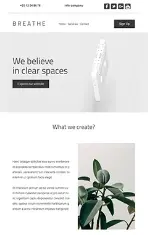How can we help you?
Most popular posts
Sarbacane Sunrise (old version): what are the ...

Sarbacane Sunrise (former version): how can I ...

Sarbacane Sunrise (former version): How do I ...

Sarbacane Sunrise (former version) : how do ...

Sarbacane Sunrise (former version ) : how ...

Categories
Getting started with Sarbacane Sunrise
All the information you need to get started with older versions of Sarbacane: Sarbacane Sunrise and Sarbacane Desktop.
Manage your account
Learn how to set up your Sarbacane account and save time in your next campaigns
Manage your lists
Manage your contact lists, campaign lists and unsubscribe lists with Sarbacane.
Create an email campaign
Find out how to create an effective and impactful email campaign with Sarbacane Sunrise
Create an SMS campaign
All the steps and best practices to send your SMS campaigns in just a few clicks.
Create an automated campaign
Create email and SMS campaign scenarios, and trigger them automatically.
Create forms
Create forms that are easy to integrate. Grow your lists, send invitations or surveys
Create landing pages
Create your own responsive web pages and improve the ROI of your marketing actions.
Manage your templates
Save time on your next campaign by managing your own emailing and landing page templates.
Analyze your statistics
Analyze your statistics and improve the performance of your email, SMS and automated campaigns.
Optimize your deliverability
Everything you need to know and do to optimize the delivery of your campaigns to your recipients' inboxes.































